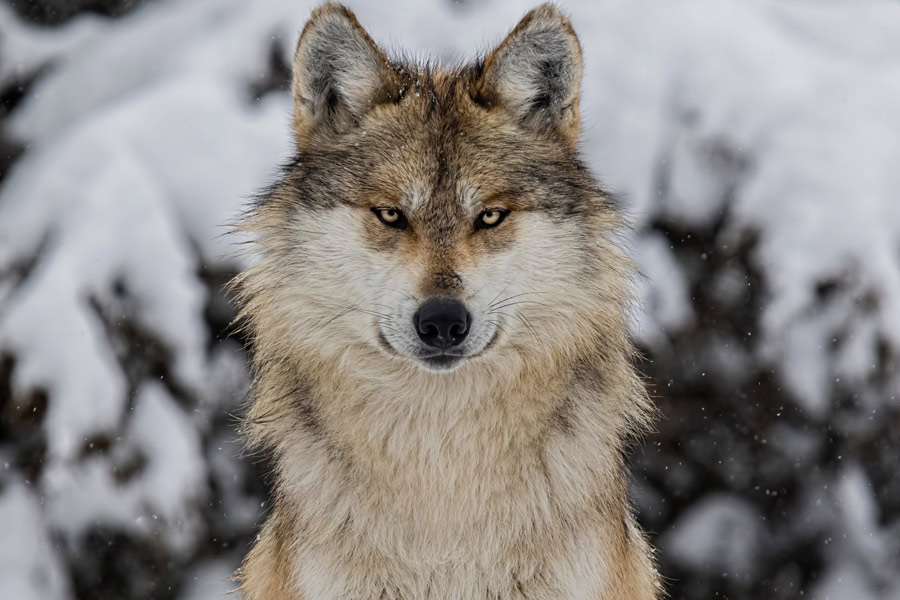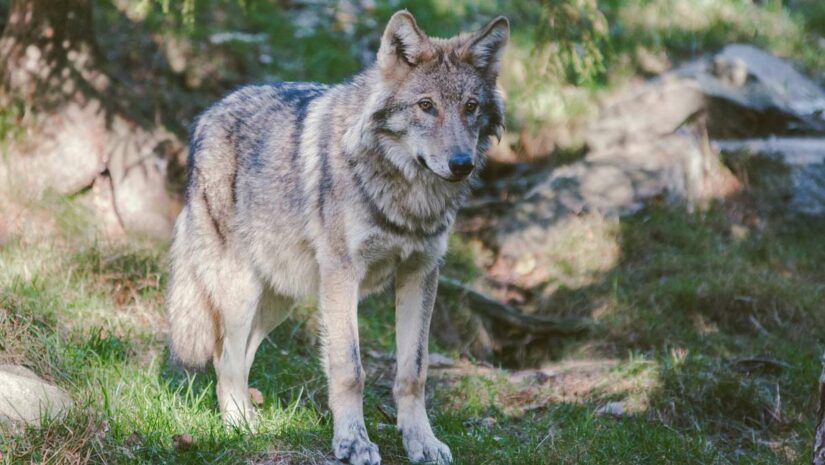Shortly after Thanksgiving of 2012, a beautiful alpha female grey wolf was shot dead by a maniac after straying outside of Yellowstone National Park boundaries. Such a sudden death is hard to justify, especially after considering these five key facts about grey wolves.
1. Average Weight
The grey wolf is the canine family’s largest animal. They’re often around the size of an Alaskan Malamute or a German Shepherd. The largest wolves are said to weigh upwards of 175 pounds, although most weigh in the neighborhood of 100 to 125 pounds. Desert area wolves are the lightest among them all, with typical weights averaging no more than 50 pounds.

2. Habitat
The grey wolf’s natural habitat is North America, from Canada to New Mexico. In the 1930s, lots of grey wolves were killed in the United States. Yet a number of them still reside in Alaska, Arizona, Idaho, Michigan, Minnesota, Montana, Wisconsin and Wyoming. Grey wolves were recently reintroduced into Yellowstone National Park, and they’re said to be doing well in the park’s remote forest areas.
3. Diet
Grey wolves eat large-hoofed animals, such as elk and deer, after they kill while hunting in packs. Old, young, weak or hurt animals are likely targets. Beaver, rabbits and other small animals are also part of the grey wolf’s diet. Since these animals are famous for being scavengers, animals that die due to starvation or disease are also appetizing.

4. Temperament
Although it is not wise to not pet a grey wolf if you ever meet one, these animals are well-known for being timid, mild animals that are more likely to run from people than eat them. Most reported wolf attacks are the result of rabid wolves. In North America, there has only been three fatal grey wolf attacks out of upwards of 30 reported wolf attacks in the 20th century.
5. Communication
Wolves travel and hunt in packs of up to seven animals. To communicate with one another, they bark, whine, growl and howl. People mistakenly think that wolves howl at the moon. This myth likely originated from the fact grey wolves are most likely to communicate with fellow pack members on nights when it’s bright outside, such as evenings when there’s a full moon in the sky.
Featured Image from Robert Larsson/Unsplash




